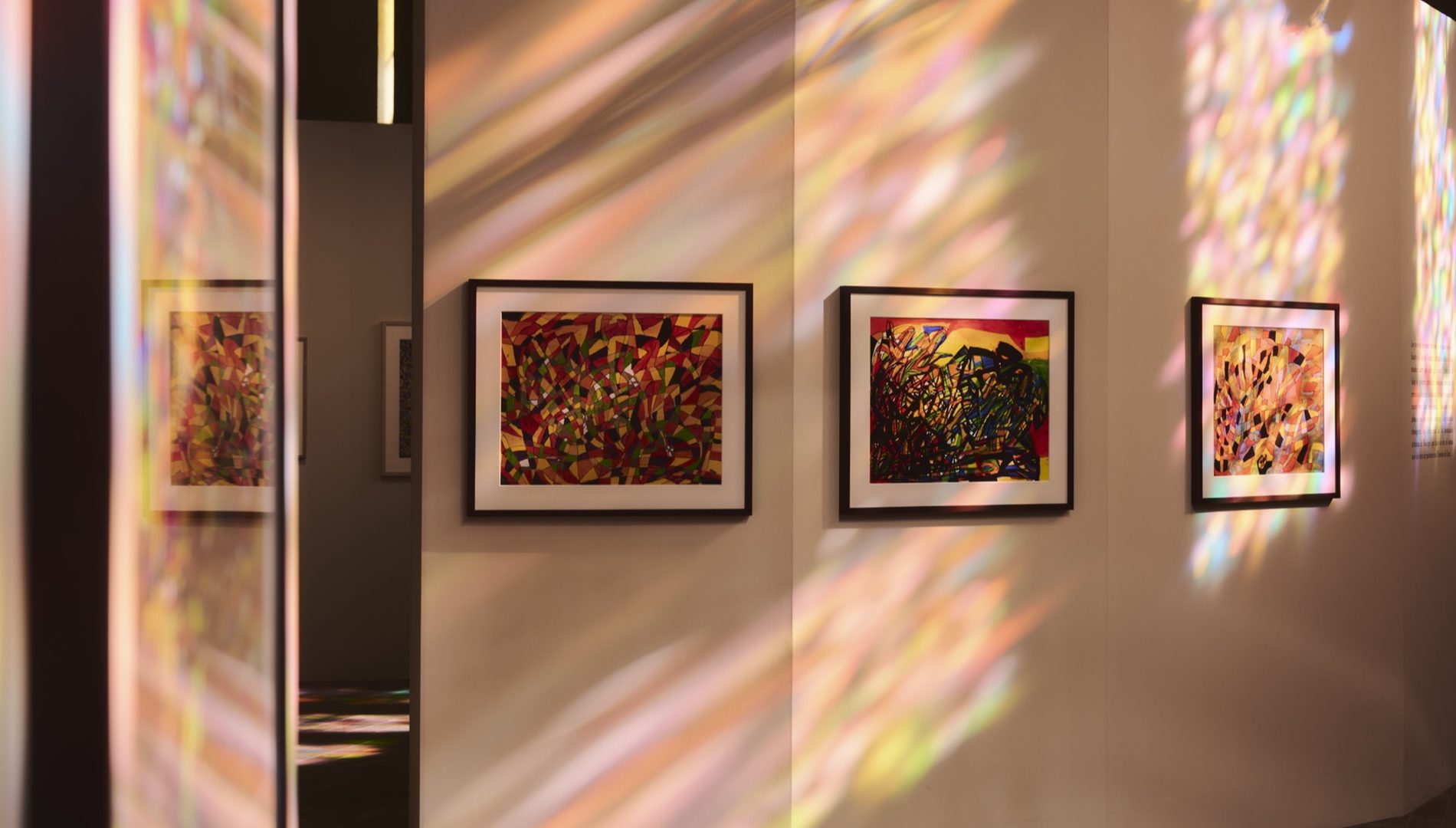The planet we tread every day and whose mass secretly structures our space-time continuum; this Earth, cradle of humanity that nourished hunter-gatherers before generously bending to the farmer’s ploughshare; our ancestral heritage, our “Terres en commun” [communal lands]. It is this fundamental question concerning Planet Earth and the care we owe it that was on the agenda at the Ecole Supérieure d’Art et Design’s Scientific Banquet held in the spring of 2019 in Reims under the auspices of the Maison Taittinger.
A Monday in the month of May in an exceptionally sun-drenched Champagne region where spring is still struggling to overcome the throes of winter. We are at the Château de la Marquetterie, a jewel of the Louis Quinze style preserved for prosperity by the Taittinger family, perched on a hillside covered with vines and overlooking the town of Pierry, just south of Epernay. In the midst of the vines, almost ready to flower, some twenty guests – culinary artisans, academics and journalists – have come together for the fourth edition of the Reims ESAD Design and Culinary Master’s degree programme flagship event: the Scientific Banquet concentrates this year on the theme “Terres en commun”.



This original creative and research conference was founded in 2013 by students in the food design programme, a unique training programme unparalleled by any other public French or European institution of higher learning. The event comprises a conference alongside a luncheon. “We talk about what we eat and we eat what we talk about, in a staged environment,” explains Germain Bourré, head of the Master’s degree programme at ESAD.
Each banquet focuses on a single theme: “Pillage & Waste” in April 2013 in Paris, “War and Food” in September 2014 at the Halles du Boulingrin (Reims), and “Gastronomy and Diplomacy” in April 2017 at the Palais du Tau (Reims).

Origins and preciousness
“Previous banquets welcomed up to 200 guests, but this year, we wanted to restrict the number of participants to around twenty per luncheon so as to encourage discussion,” Germain Bourré goes on.
Seven months of work for the nine Master’s students and a study trip to the Limousin and Creuse regions – to meet with the master porcelain maker Coquet as well as farmers and livestock breeders implicated in protecting their ecosystems – lead to working hand in hand with chef Georgiana Viou and the Lycée hôtelier Gustave Eiffel to organise the thematic luncheon.
“The land is a fundamental element for any food design student; it represents the main source of food products. Becoming aware of this source helps to understand the preciousness of the materials and their fragility, and to really explore the concepts of eco-design.”




The first step of the luncheon: “La terre brute” [down-to-earth] takes place at the edge of a vineyard where tastings of black olives, beets, lentils and cocoa beans representing edible soils are presented as core samples in plexiglass tubes. “This raises awareness, through the palate, of the raw material that supports life.” Still wines from the Avize and Ogier hillsides accompany this experience. Further along, a fire on the ground heats stones to cook pike-perch fillets as a metaphor for mythical earth energies.
Return to the winery where a large table awaits, dressed for the rest of the banquet: Follows “La terre imprime son rythme” [The land sets the pace], an ode to the rusticity and complexity of flavours sourced from the terroirs, illustrated by a subtle pairing of matured meats, flavoured butters and cutlery fashioned from plants. Then a sublimation of “Fruits de la terre” [Fruits of the Earth] where wild herbs, heritage vegetables and spices cleverly coat the sides of porcelain bowls in which is served a bouillon. For the occasion, guests will enjoy an preview tasting of the 2008 vintage of the Comtes de Champagne Blanc de Blancs, the Maison Taittinger’s crown jewel.


Food shapes the world Various guests will speak during the banquet, such as the Reims pastry chef Jérôme Waïda, the baker Christophe Zunic and the young brewmaster Yves Leboeuf. Each will share their high regard for quality products and their struggle in favour of healthy agricultural processes that protect and promote biodiversity. The same eco-responsible plea from the former chef and journalist Arnaud Daguin, who reviles the “war mankind wages against living organisms”, before reminding everyone that “we are what we eat and what we eat shapes our world”.According to him, mankind produced the desert and the only way to come out alive is to guarantee the world over an “agriculture founded on living soils and agro-ecology”. The economist Christian Barrère, for his part, invites everyone to put our common heritage above any individual contribution, as important as it may be: “Humanity has to take into account, in a concerted manner, the management of heritage territories received from previous generations; it is the only way to guarantee any long-term transmission.”
“We are only what the land has provides us with,” summarizes Vitalie Taittinger while inviting guests to the vineyard for the “Symbiosis” dessert: a baba cake with marc de champagne [brandy made from champagne], warm rhubarb juice and panna cotta with beeswax, lemon thyme and a sprinkling of pollen, a perfect pairing with the Comtes de Champagne 2002 cuvee.
Text : Jules Février
esad-reims.fr
taittinger.com




